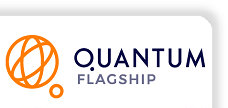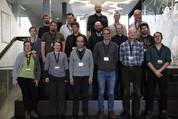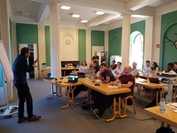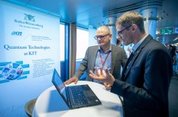Mission
Quantum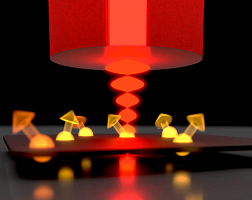 technologies rely on materials that offer the central resource of quantum coherence, that allow one to control this resource, and that provide suitable interactions to create entanglement. Rare earth ions (REI) doped into solids have an outstanding potential in this context and could serve as a scalable, multi-functional quantum material. REI provide a unique physical system enabling a quantum register with a large number of qubits, strong dipolar interactions between the qubits allowing fast quantum gates, and coupling to optical photons – including telecom wavelengths – opening the door to connect quantum processors in a quantum network.
technologies rely on materials that offer the central resource of quantum coherence, that allow one to control this resource, and that provide suitable interactions to create entanglement. Rare earth ions (REI) doped into solids have an outstanding potential in this context and could serve as a scalable, multi-functional quantum material. REI provide a unique physical system enabling a quantum register with a large number of qubits, strong dipolar interactions between the qubits allowing fast quantum gates, and coupling to optical photons – including telecom wavelengths – opening the door to connect quantum processors in a quantum network.
SQUARE's Goals
This project aims at establishing individually addressable rare earth ions as a fundamental building block of a quantum computer, and to overcome the main roadblocks on the way towards scalable quantum hardware. The goal is to realize the basic elements of a multifunctional quantum processor node, where multiple qubits can be used for quantum storage, quantum gates, and for coherent spin-photon quantum state mapping. Novel schemes and protocols targeting a scalable architecture will be developed. The central photonic elements that enable efficient single ion addressing will be engineered into deployable technologies.
The Team
The project gathers 6 leading experimental and theoretical European research groups and two technology companies. The expertise of the consortium includes inorganic chemistry, solid-state and atomic physics, quantum optics and quantum information processing. The two companies strengthen the technology development aspects of the consortium.
Funding
SQUARE has received funding from the European Union’s Horizon 2020 research and innovation programme within the Flagship on Quantum Technologies in the sector basic science under grant agreement No 820391. It started on 1.10.2018 and will last for 3 years with a budget of 3 M€.

